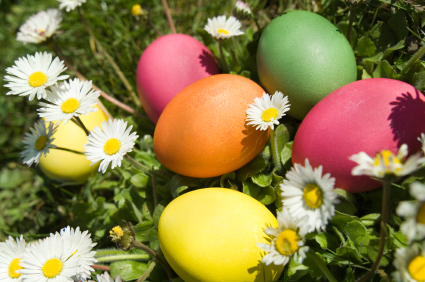 |
| Blenheim Palace |
© Cheryl Bolen
Blenheim Palace was built between 1705 and 1722
to honor John Churchill (1650-1722), 1st Duke of Marlborough for his victory
over the French at Blenheim (Bavaria) in 1703. Churchill had previously married
Sara Jennings (1660-1744), a lady in waiting to Queen Anne, the monarch who
gave them the royal park at Woodstock and authorized the construction of a
palace there.
 |
| Sara Churchill in 1702 |
The architect of Castle Howard, Sir John
Vanbrugh (who had no training as an architect), designed the baroque palace, with
assistance from Sir Christopher Wren’s top assistant, Nicholas Hawksmoor. It
was Vanbrugh’s intent the palace be a monument, castle, citadel and private
house – in that order. The last room to be completed, the long library, was not
finished until ten years after the 1st Duke’s death.
Though she preferred plain and cozy, the 1st
Duchess threw her heart into the palace’s completion to honor her beloved
husband – perhaps the only person with whom she did not fight.
By special dispensation of Parliament, the title
passed to John and Sarah’s daughter, Henrietta, because their sons had died of
smallpox before reaching adulthood. Upon Henrietta’s death, the dukedom passed
through the son of her sister, who had married Charles Spencer. The old duchess
Sarah’s private fortune passed to the second Spencer grandson, who became the
1st Earl Spencer (Princess Diana’s ancestor).
The 7th Duke of Marlborough (1822-1857) was Sir
Winston Churchill’s grandfather. Winston
Churchill (1874-1965) said the two most significant events in his life occurred
at Blenheim: He was born there, and he proposed marriage to Clementine Hozier
there.
The 9th Duke (1871-1934) bolstered the family’s
sagging fortunes in 1895 when he married Consuelo Vanderbilt of the American
railroad fortune, who brought $2.5 million (about $75 million today) into the
marriage. Both bride and groom were forced into the marriage for reasons other
than love, and the marriage that produced two sons ended in divorce in 1921.
The duke and duchess quickly remarried others.
Today, Blenheim Palace is the principal seat for
the 11th duke and his wife.
HOUSE
Blenheim lives up to the claim it is “Britain’s
Greatest Palace.” The baroque palace is not only one of England’s 10 Treasure Houses, but it has also been named a World Heritage Site by UNESCO.
 |
| Blenheim's long library |
Constructed of ochre-colored stone and topped
with several graceful turrets, the central, u-shaped block opens onto a massive
courtyard of which the grand, pedimented entry is the focal point. Wings on
either side of the entry are connected by curving links. Visitors enter the
great hall – the magnificence of which redefines that venerable English room.
This great hall soars to 67 feet and features three towering tiers of arches,
culminating in an upper tier of arched windows that flood the room with light.
There’s a painted ceiling featuring the 1st Duke in Roman garb, and opposite
the entry Corinthian columns support a huge arch that trumpets entry into the
saloon, another vast stone room with elaborate marble door casings.
 |
| Massive doorway at Blenheim |
On weekdays visitors are taken on a guided tour
of the public rooms, which include the 180-foot long library, the red drawing
room and the green drawing room, the green writing room, and state rooms hung
with tapestries commemorating the 1st Duke’s battles.
The room in which Winston Churchill was born is
also displayed, along with a self-guided Churchill exhibition. Visitors may opt
to take a tour (about 45 minutes) titled The Untold Story, which uses talking
portraits and special projection technology to tell the history of the house.
GROUNDS
Pick a pretty day to come here and plan to stay
until dusk exploring the 2,100 acres. Children will enjoy taking the train from
just outside the house’s main entrance to the Pleasure Gardens, which include
mazes, a Blenheim Bygone exhibition, putting greens, giant chess game, kitchen
and cutting gardens, and an adventure play area.
 |
| Vanbrugh's Bridge |
But the main attraction here is the Capability
Brown landscape commissioned by the 4th Duke in 1764 and completed 10 years
later. Brown created the lakes on either side of Vanbrugh’s Grand Bridge that
had been built over the Glyme stream. A circular walk around the Queen’s Pool
takes 45 minutes; another circular lakeside walk to the rose gardens also takes
45 minutes. A one-hour walk brings visitors to the rose garden and the Secret
Garden (tropical) as well as across broad lawns. Two of the walks sweep past the
Temple of Diana where Winston Churchill asked Clementine to marry him.
 |
| Parterre Garden |
From the house’s grand entry, one can look straight
ahead, past the Vanbrugh Grand Bridge to see the 1st Duke of Marlborough’s 134-foot
high Column of Victory.--Cheryl Bolen's
forthcoming Regency release is Miss Hastings' Excellent London Adventure.



















